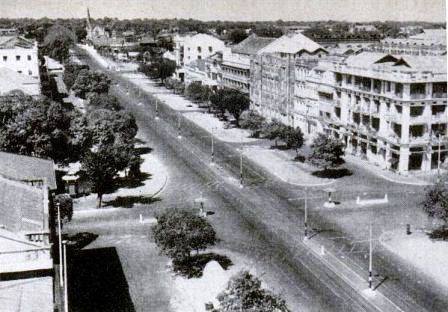British Burma (1826-1942)
For over a hundred years, Britain ruled parts of what is today Myanmar, shaping every aspect of the country’s politics, economy and society.
Far from being a static period of stability, British Burma was marked by change and upheaval. As it had done in India, the colonial power uprooted the ruling dynasty: the last Mughal emperor of India was secretly buried in Rangoon, while the descendants of Burma’s last king ended up living in penury in a slum in Kolkata, India.
It was a time of searching for new identities and political systems, with various forms of resistance to British rule from the armed uprisings during the early “pacification” of Upper Burma to the heated politics and protests of the decades prior to World War Two. The political landscape was peopled by British-educated Burmese politicians and home-grown activists inspired by Ireland’s Easter Rising of 1916. The first-ever election was held in 1922 and, a decade later, it was decided at the Burma Roundtable Conference in London that Burma would separate from British India – perhaps the single most important decision in Myanmar’s 20th-century history.
Through the empire and technological advancements in transport, Burma became connected with the rest of the world like never before: thousands of Chins, Kachins, Burmans and Karens served in World War One and Rangoon was a key stop on the world’s first long-haul commercial flights. Until the Great Depression struck, business boomed with big profits from exporting rice, teak and oil – at one time the Burmah Oil Company was one of the biggest multinational companies in the world.
In 1927, The Chilean poet Pablo Neruda lived in Rangoon and later encapsulated these heady times in a poem describing the capital of British Burma as “a city of blood, dreams and gold
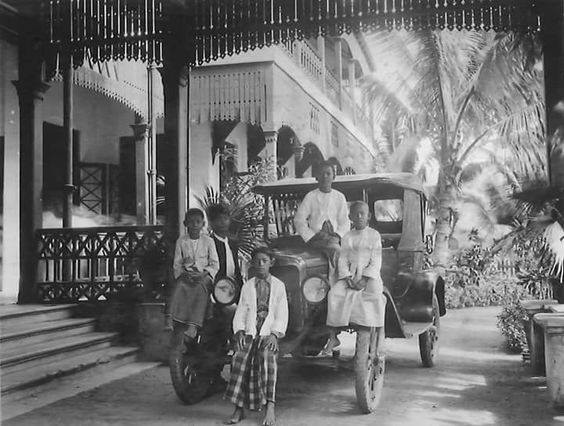
Scholarship boys at school 1920
Read more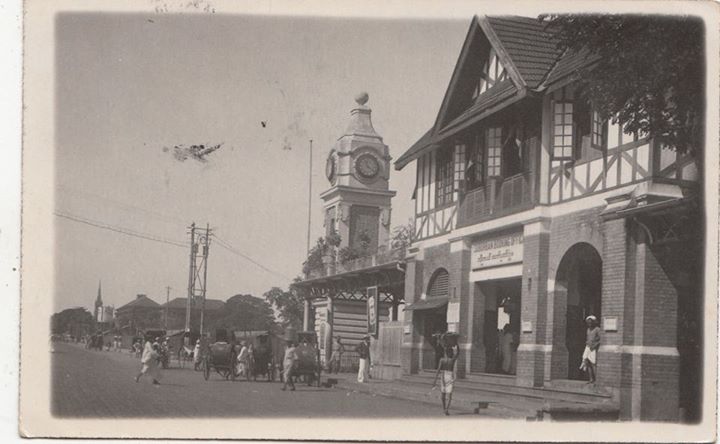
Pazundaung railway station c. 1920
Read more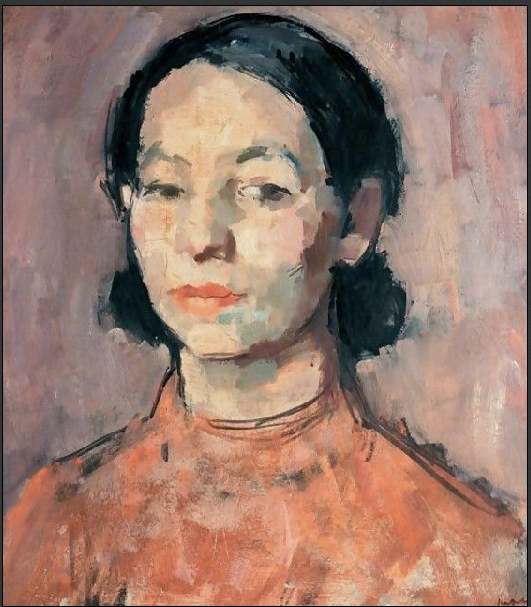
"The Pink Dress: Study of a Burmese Girl"
Read more
Ruth St Denis in a Burmese costume
Read more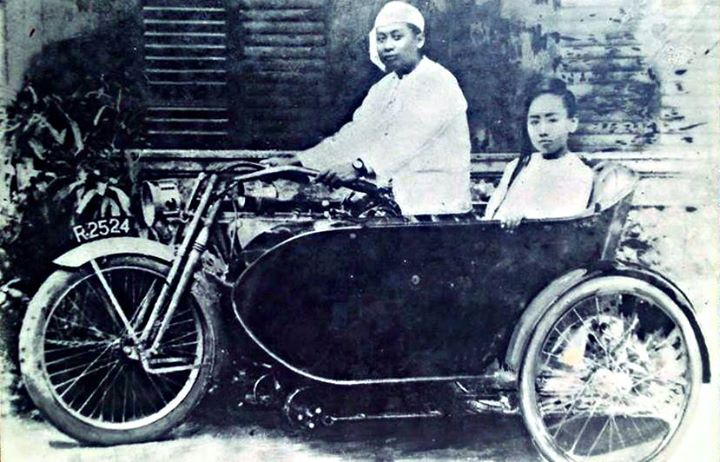
A very fashionable couple
Read more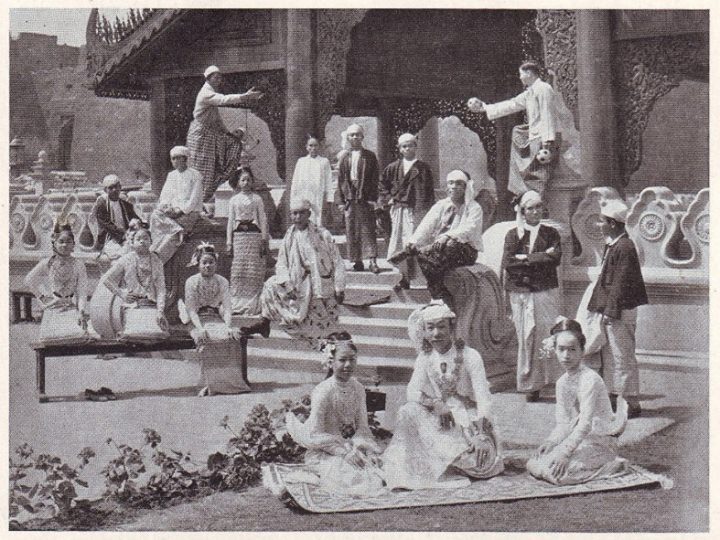
Burmese entertainers at Wembley (London) in 1924
Read more
The Strand waterfront c. 1925
Read more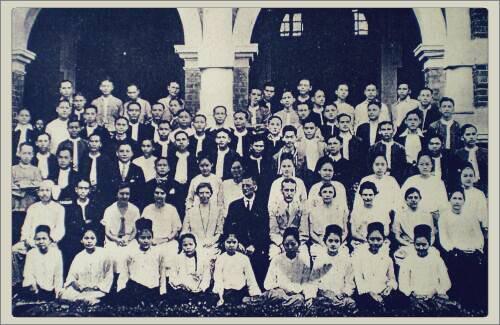
Judson College, Rangoon c. 1925
Read more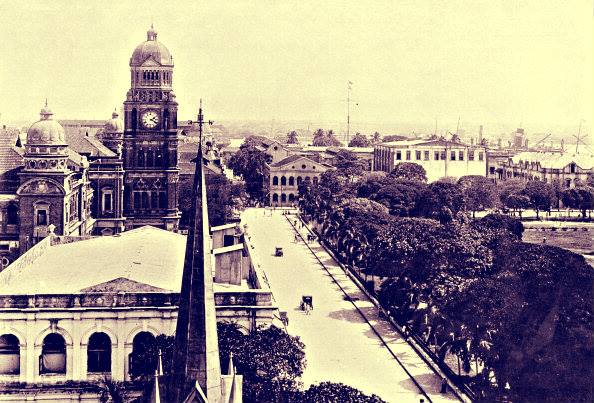
Barr Street (now Mahabandoola Garden Street) Rangoon c. 1925.
Read more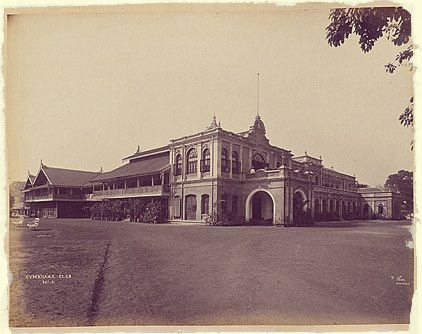
The Gymkhana Club
Read more
Early Coca-cola shop
Read more
A photograph taken in 1927
Read more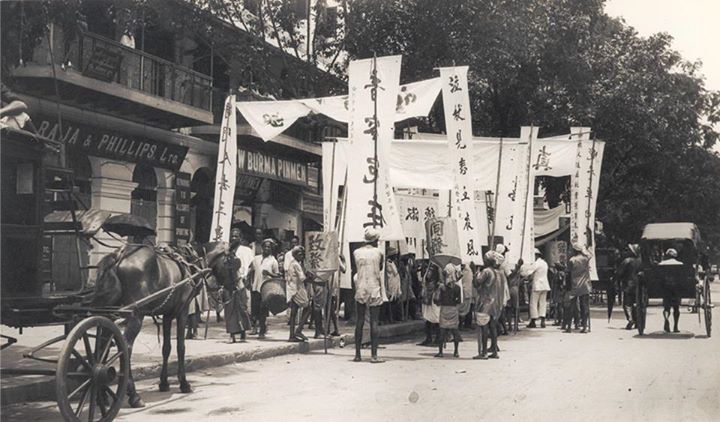
Indians Carrying Chinese Signs in Rangoon c. 1930
Read more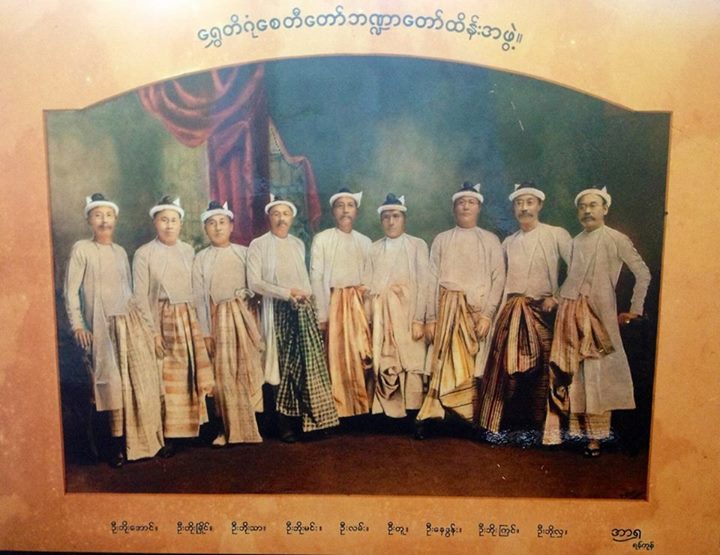
Nine distinguished Burmese gentlemen: the Shwedagon Pagoda Trustees c. 1930
Read more
The old Rangoon railway station at Phayre Street c. 1930
Read more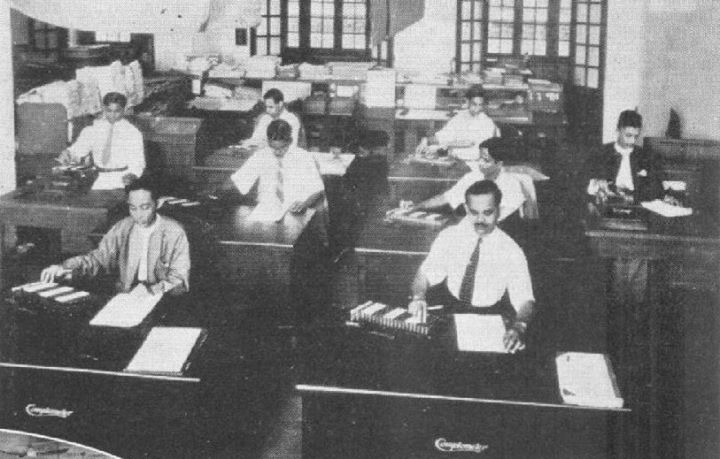
A time when Yangon's offices were amongst the most advanced anywhere
Read more
Akha children with their parakeets
Read more
The men who built Rangoon's drainage system
Read more
A Burmese's portrait in UK National Portrait Gallery
Read more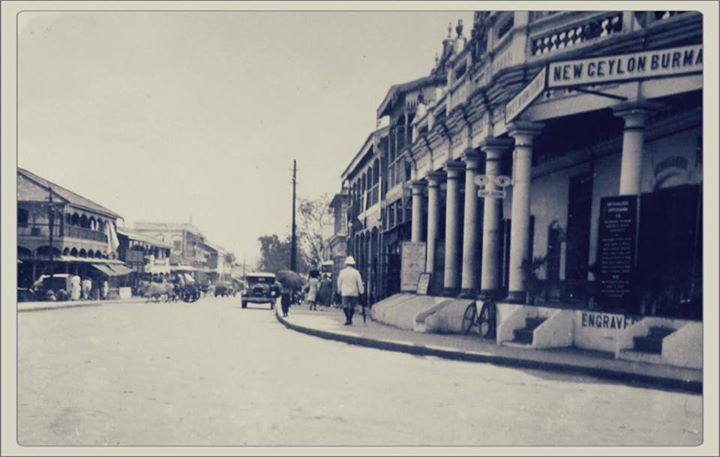
Maymyo 1935
Read more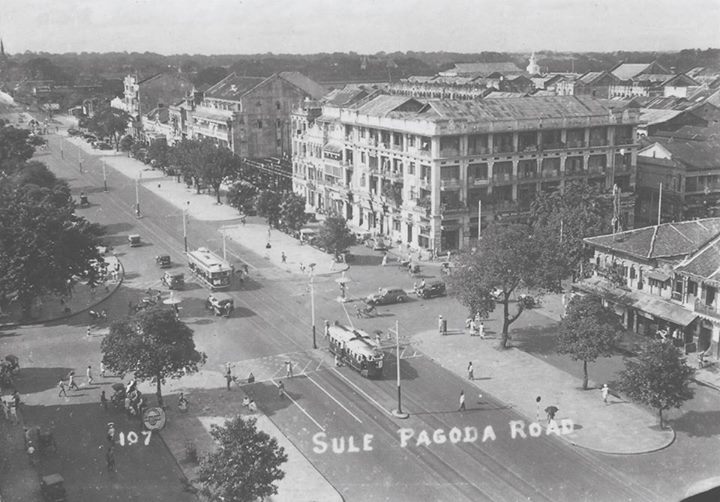
Sule Pagoda Road (corner of Fraser Street) c. 1935
Read more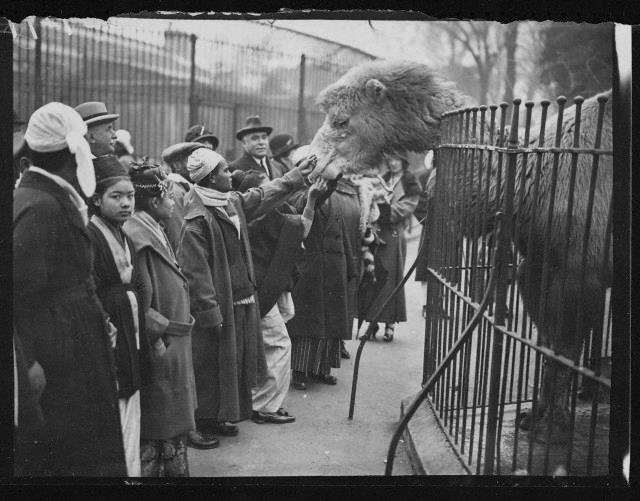
Burmese visiting the London Zoo in 1935
Read more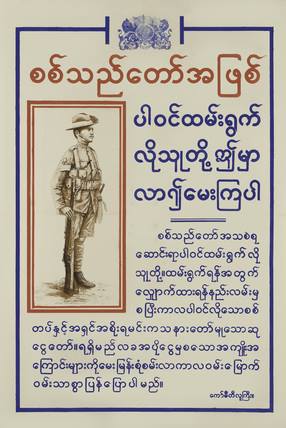
The Burma Rifles recruiting poster c. 1940
Read more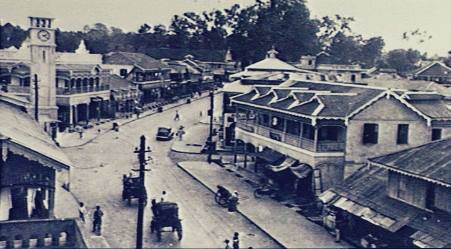
Maymyo 1941
Read more